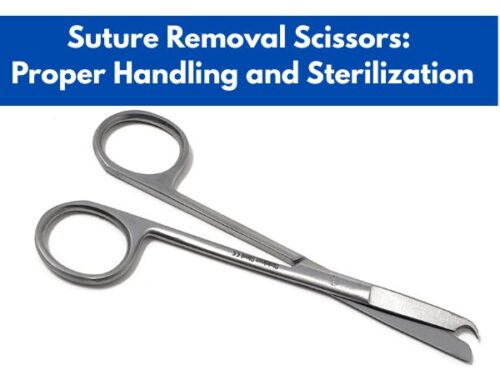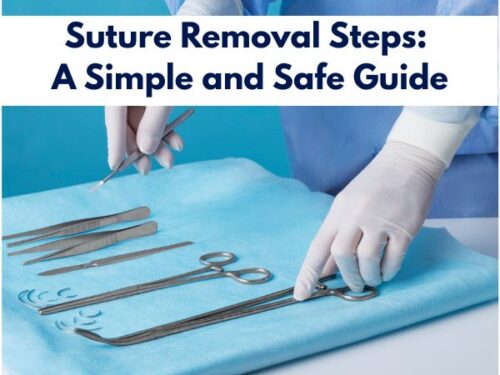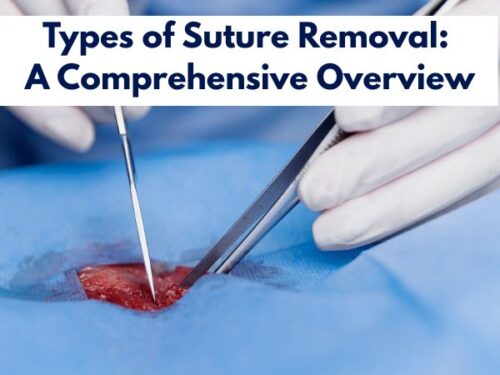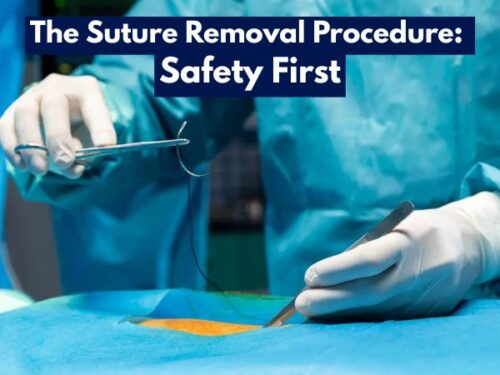Triple Antibiotic Ointment – Uses, Side Effects, and More
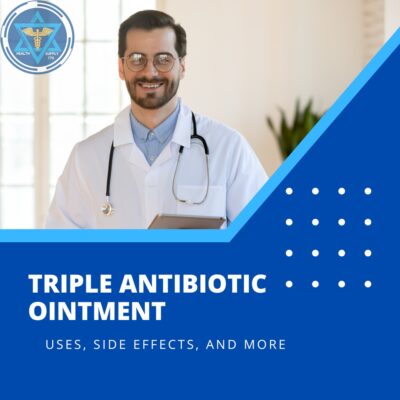
An ointment is a greasy preparation that is intended to be used topically on the skin. If it is without any drug, it is called a simple ointment, an emollient that can be applied to moisturize the skin. However, a simple ointment can serve as a base for different medications such as antibiotics which can be mixed into it.
A triple antibiotic ointment, sometimes abbreviated as TAO, as the name suggests, contains three different antibiotics i.e. neomycin, bacitracin, and polymyxin B in a common base. It has been in use since 1956, the year it was first introduced. Neomycin and polymyxin, bactericidal antibiotics, work by killing the existing bacteria at the site of infection while bacitracin is bacteriostatic in nature which means it stops the bacteria from multiplying thus reducing the propagation of infection.

A simple ointment is applied to the hand

A triple antibiotic ointment is applied on a burnt surface
As all three antibiotics are antibacterial in nature, the triple antibiotic ointment does not have any efficacy against fungal or viral infections. However, the product covers a large antibacterial spectrum i.e. it can treat multiple types of infections caused by multiple bacteria. With little to zero systemic absorption, the product gains superiority over the other topical formulations.
How are triple antibiotic ointments prepared?
Triple antibiotic ointment is prepared by mixing the antibiotics into a common ointment base. On a small scale, a slab is used to mix the base with drugs using a spatula until smooth. It should be made sure that the product must not be gritty once mixing is completed. Once prepared, the formulation is collected and packed into a wide-mouthed container. The minimum fill volume should be checked before dispensing the product.
How does triple antibiotic ointment work?
A triple antibiotic ointment uses multiple pathways to block the propagation of bacteria at the site of infection. Three antibiotics work by three different mechanisms to fulfill one similar job i.e. stopping or killing bacteria.
Neomycin works by getting attached to ribosomal subunits, an organelle specific for protein synthesis in the cell, rendering the bacteria unable to prepare new proteins. As some of these proteins are to be modified into enzymes while others are for building a protective wall around to cell called the cell wall, diminished protein synthesis stops all of these processes. This makes the bacteria vulnerable to the natural defense system of the body, our white blood cells (WBCs).
Bacitracin inhibits molecules necessary for synthesizing the cell wall of bacterial cells while polymyxin disassembles the bacterial cell membranes which further exposes bacterial protoplasm to the white blood cells.
Uses of triple antibiotic ointment
The triple antibiotic ointment can be used in various conditions such as:
- A triple antibiotic ointment can provide first-aid antibiotic treatment in case of minor wounds, burns, and cuts.
- It is also helpful in preventing future epithelial infections.
- The antibiotic ointment can also be used to treat minor skin infections.
- It is particularly effective against aureus, Streptococcus pyogenes as well as Pseudomonas aeruginosa.
- Triple antibiotic ointment finds application in the prevention of infections around surgical wounds.
- It is also used as a prophylactic treatment after neurosurgery.
- Areas, where grafts are placed in the body, are sensitive to infections. TAOs can be applied to such regions for preventing infections.
- Wounds which appear after surgery on the tumorous areas are highly susceptible to getting infected. Therefore, the use of antibiotics to prevent infections becomes necessary. Hence, TAOs find their application.
How to apply the triple antibiotic ointment?
Triple antibiotic ointment should be applied following the below-mentioned steps:
- Clean the wound onto which the ointment is to be applied. Make sure to remove blood or dirt completely, if present.
- Wash your hands thoroughly followed by wiping using a neat towel until dry.
- Take a small amount of the ointment (ideally not exceeding the diameter of your index finger).
The ideal amount of ointment to be applied at a single time
- Rub the product onto the affected area gently.
- Make sure all the cuts and bruises are completely covered with the ointment.
- The wound can be covered using a sterile bandage.
- Wash your hands to avoid consuming the product unintentionally.
- Repeat the process 2 to 3 times a day or as advised by your physician/pharmacist.
- In case of itching, redness, or rash on the skin after the application of the product, immediately discontinue its use. Contact your doctor or seek help from the pharmacist closest to you.
- If you feel dizziness or breathing difficulties after the use of the ointment, you may be hypersensitive to one of the antibiotics present in the formulation. In that case, seek medical help immediately.
Side effects of using a triple antibiotic ointment
Although the triple antibiotic ointment is a safe product, it may cause some side effects in some individuals. Therefore, the product should not be used in the following cases:
- Extended use of antibiotic-containing products can result in the development of drug resistance in the patient thus rendering the antibiotic ineffective for further use.
- In rare cases, the use of triple antibiotic ointment can become the reason for a possible fungal infection.
Precautions
The following precautionary measures should be taken with the use of triple antibiotic ointment:
- Triple antibiotic ointment should not be ingested in any case.
- If you are hypersensitive to any of the antibiotic presents in the triple antibiotic ointment, the product is not for you.
- The use of triple antibiotic ointment should be avoided on deep cuts and exposed bruises.
- The product is not recommended to be applied on animal bites.
- Unless advised by your doctor, the product should not be used around the diaper area. If used, the surface should not be covered with tight clothes.
- As the ointments are only for external use, they should not be consumed internally. If ingested by mistake, the oral cavity should be rinsed with cold water multiple times. The same should be done in case of contact with the eye.
- In general, the use of antibiotic-containing products should be avoided during pregnancy unless prescribed by your physician.
- Antibiotics or their metabolites can leach into a child’s body via breast milk so lactating mothers must take advice from their healthcare providers before using the product.
- In case of an existing ear infection or a ruptured eardrum, ask your doctor before using the triple antibiotic ointment.
Conclusion
Ointments are fat-based products used for multiple reasons. A simple ointment can lock the moisture into your skin rendering it soft and hydrated for a longer period of time while a medicated ointment provides treatment for a wound, cut, burn, or infection. Ointments are easy to apply and are mostly harmless. Due to its greasy nature, it may be hard to wash an ointment off the skin once applied. Thus their prolonged residence time on the skin is owed to this property.















